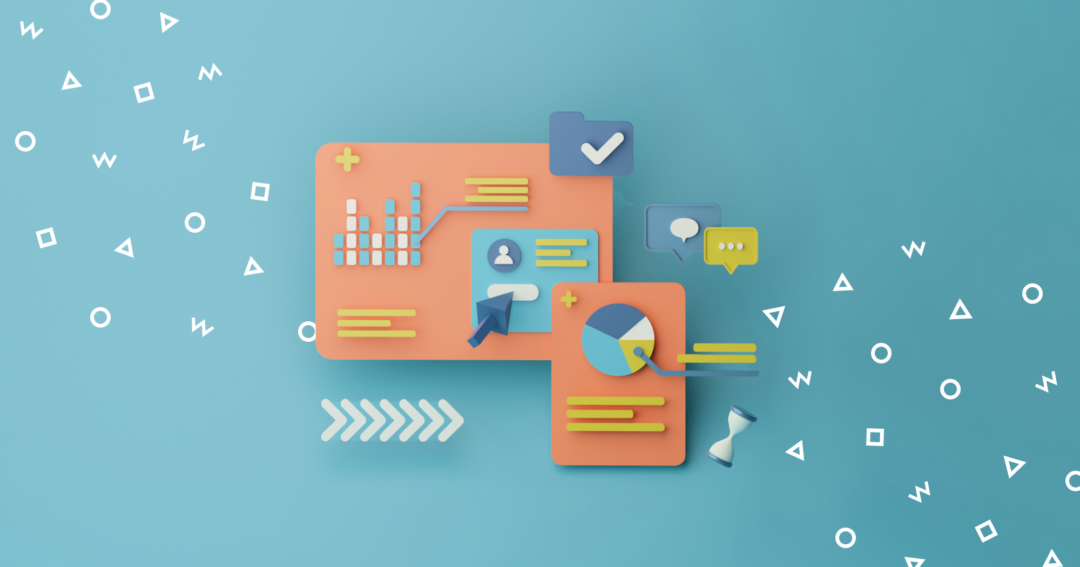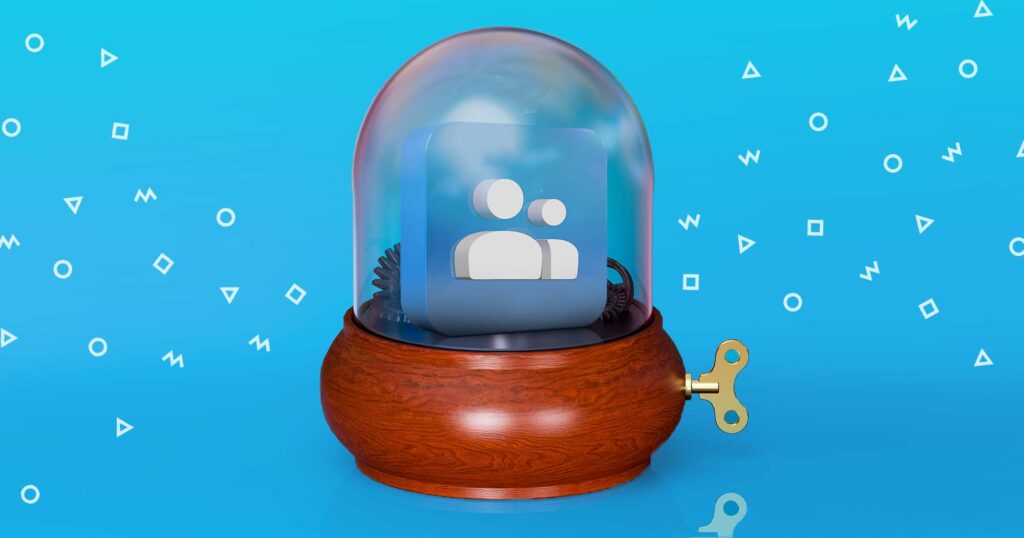Standing out from the competition and connecting with your customers can sometimes feel like an uphill battle. How can you create compelling messages and get your customers’ attention when there are so many other companies trying to do the same thing?
The good news is you already have all the information you need to stand out. With B2B data-driven marketing, you can turn your raw data into a rich source of insights that can guide your marketing decisions, help you understand your customers better and give your business the edge it needs.
In this article, we’ll take a closer look at what B2B data-driven marketing means, its benefits and some examples of how to use it in your business. By the end of this guide, you’ll have everything you need to start effectively using data for your B2B marketing.
What is B2B data-driven marketing?
Every single day, people create and interact with unimaginable amounts of data. While the idea of “big data” has been around for decades, the latest technology enables businesses of all sizes to collect and analyze this information in new and innovative ways.
B2B data-driven marketing is a strategic approach for marketing to other businesses, where decisions are based on insights from customer and competitor data.
For example, you could use:
- Firmographic data, including the company’s size, revenue, industry and location
- Customer behavior data, such as purchase history or engagement with previous campaigns
- Technographic data, covering the software and tools used by your customers
- Feedback data, using customer surveys and reviews
- Competitive data, such as their pricing, offers and marketing strategies
Traditional marketing is often based on a combination of past experience and gut instinct. Think of a billboard on the highway or a catchy jingle on the radio — these strategies aim to reach a broad audience, but they lack personalization. The success of these efforts is also harder to measure. Did sales go up because of that new billboard, or was it the summer sale that did the trick? In most cases, it’s impossible to be sure.
On the other hand, data-driven marketing is all about precision and measurability. Whether it’s identifying potential leads, crafting personalized messages or deciding on the best channels to use for your campaigns — it’s all driven by data.
You can measure the success of your campaigns in real time, adjusting your strategies based on what the data tells you. This makes your marketing efforts more efficient, targeted and ultimately more successful.






![How to Write Your Perfect LinkedIn Connection Message [With 15+ Templates] How to Write Your Perfect LinkedIn Connection Message [With 15+ Templates]](https://reply.io/wp-content/uploads/linkedin.messages-1024x538.jpg)